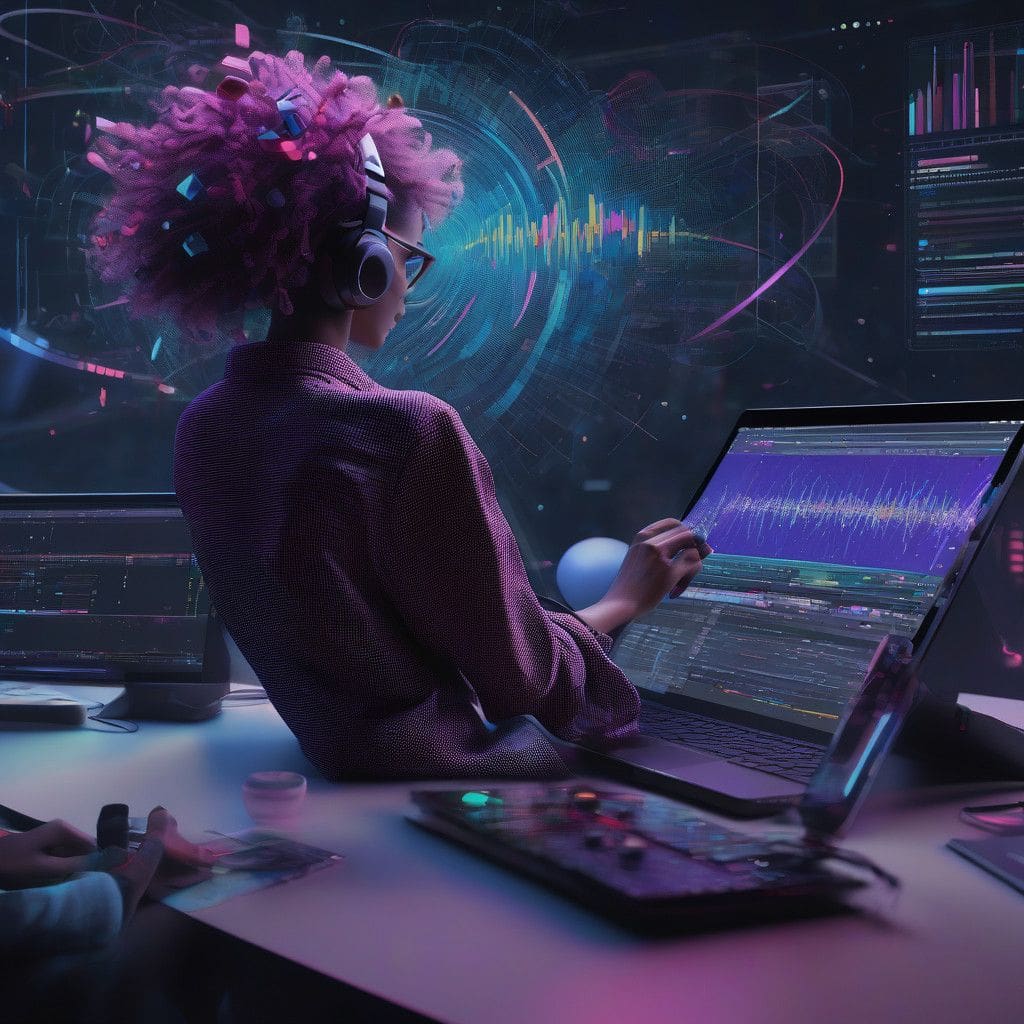YouTube is at the forefront of creative innovation, recently announcing an exciting development that allows selected creators to remix songs by simply describing desired stylistic changes. This new feature builds on previous advancements, highlighting YouTube’s commitment to enhancing user experience while addressing the complexities of music rights in the digital age.
The newly implemented feature, known as ‘Restyle a Track’, enables creators to transform a song’s genre or mood, generating 30-second snippets ideal for Shorts. This tool utilizes Google DeepMind’s Lyria model, showcasing how artificial intelligence can open doors to unprecedented creativity. By simplifying the remixing process, YouTube is not only empowering creators but also preserving the essence of the original tracks.
To ensure ethical practices in the music ecosystem, YouTube has partnered with Universal Music Group. This collaboration guarantees that artists and rights holders receive proper compensation whenever creators utilize their tracks in remixes. It addresses an ongoing concern within the music industry regarding the sharing and monetization of music, ensuring that the rights of artists are protected as creators explore new ways to engage their audiences.
YouTube’s previous efforts included the introduction of the Dream Track toolset, which debuted last year, enabling users to generate AI-infused tracks using artist vocals. The evolution to the ‘Restyle a Track’ feature reflects YouTube’s focus on expanding creative options for video producers while concurrently adhering to industry standards and copyright regulations. This meticulous balance is crucial as platforms increasingly adopt AI technologies.
The demand for customized music experiences is on the rise, with many platforms acknowledging the potential of AI-driven music tools. YouTube distinguishes itself in this arena by allowing creators to interact with music in innovative ways. Competitors, such as Hook, have been exploring similar functionalities, particularly in the realm of short-form video content, suggesting a burgeoning ecosystem of AI tools tailored for creators.
Consider the implications of such advancements: A content creator can now take a beloved song and remix it into a fresh creation, catering to niche audiences or trends. For instance, a pop song could be reimagined as a lo-fi track, appealing to listeners who crave a different auditory experience. The potential for unique content creation expands significantly, allowing artists to connect with their audiences on deeper levels.
However, while the opportunities are immense, challenges remain. The successful integration of AI into the creative process hinges on the consistent protection of copyright laws and the fair treatment of original artists. YouTube’s commitment to proper crediting and artist compensation is a significant step in the right direction, ensuring that innovation does not come at the expense of artists’ rights.
The music industry has historically been cautious about technological advancements that can alter how music is consumed and monetized. YouTube’s proactive approach in collaborating with major music entities to assure compliance could serve as a model for other platforms navigating similar waters.
As this trend grows, creators are likely to expect more intuitive tools that further enhance their creative capacities. The ability to manipulate and remix music via descriptive input signifies a push towards a more participatory culture in music creation. This development resonates with a larger movement where users are not just passive consumers but active participants in content creation.
Ultimately, YouTube’s latest AI music tool represents not just a feature update but a significant shift in the relationship between artists, creators, and technology. As platforms experiment with AI and copyright, the ramifications of such innovations will continue to unfold, shaping the future of digital music production.
In conclusion, with AI becoming a central figure in content creation, YouTube’s strides in this domain illuminate the potential for collaboration between technology and artistry. The balance of innovation with respect for original creators will be crucial in the journey ahead, setting new standards in the ever-changing landscape of digital media.
YouTube’s move could inspire other platforms to follow suit, creating an integrated future where creativity knows no bounds while ensuring fair practices for all stakeholders involved.












